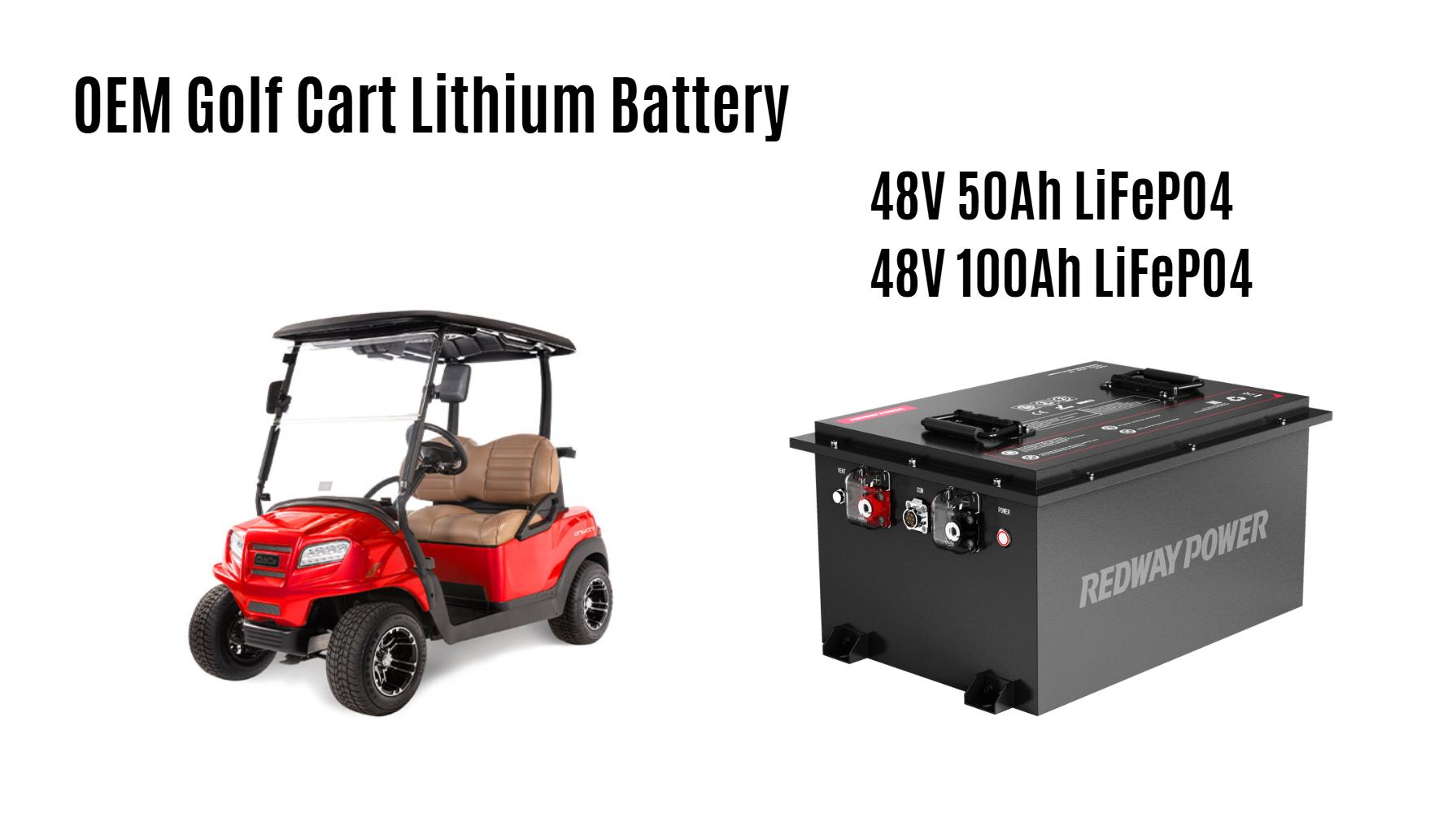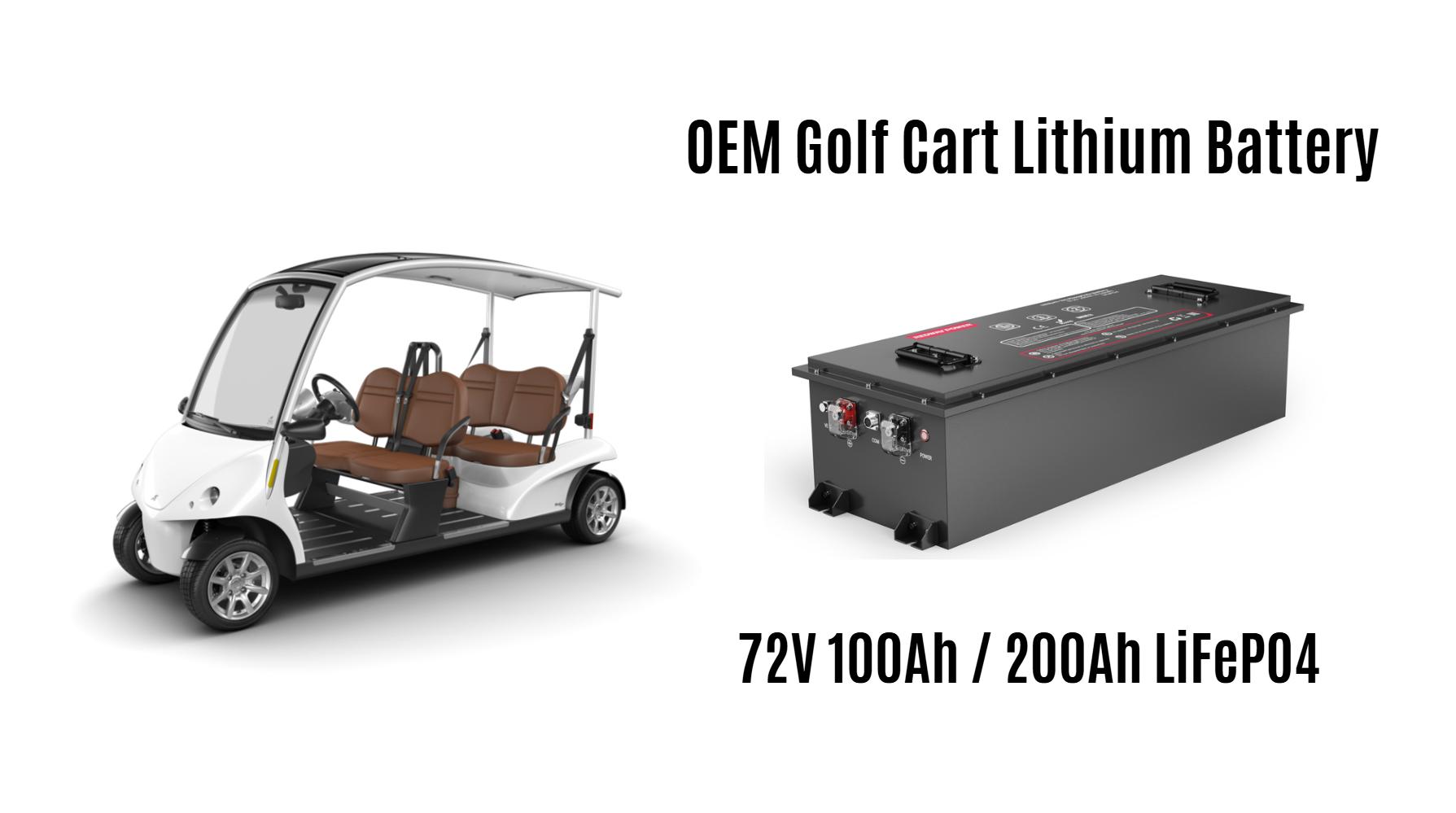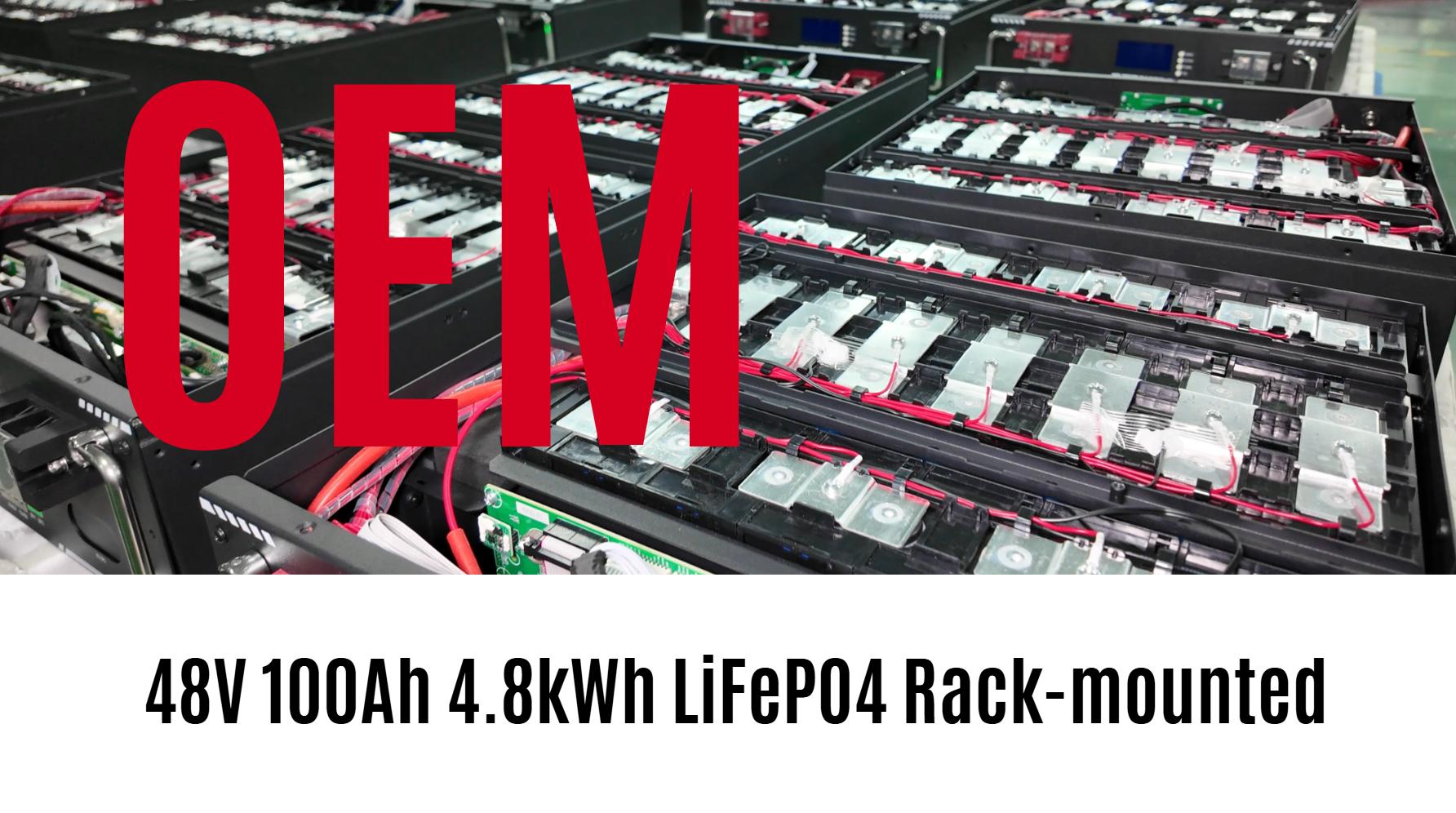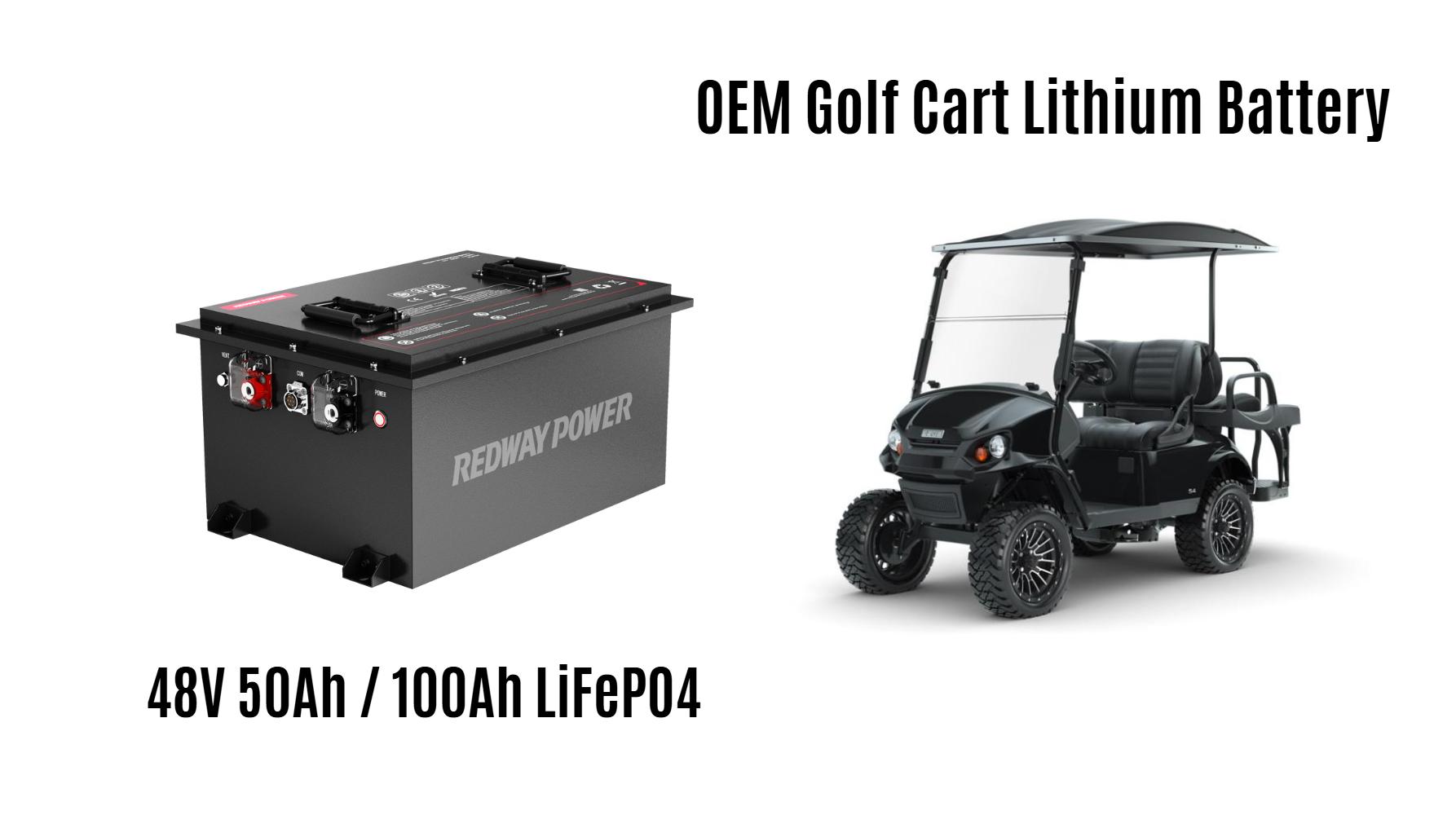What Are the Essential Parts for a Club Car Golf Cart?
Key components include the battery pack, motor, controller, solenoid, tires, brakes, and electrical wiring. Regular maintenance of these parts ensures optimal performance, longevity, and safety. Genuine or OEM-compatible replacements are recommended for reliability.
How Do You Identify Worn-Out Parts in Your Club Car Golf Cart?
Signs of wear include reduced speed, erratic acceleration, battery drainage, squeaking brakes, or uneven tire wear. Diagnose issues by inspecting connections, testing voltage levels, and checking for physical damage. Use diagnostic tools for controllers and motors to pinpoint malfunctions.
Where Can You Buy Genuine Club Car Golf Cart Parts?
Purchase genuine parts from authorized Club Car dealers, certified online retailers, or OEM suppliers like Redway. Verify authenticity via serial numbers and warranties. Avoid counterfeit products by cross-referencing part numbers with Club Car’s official catalog.
What Are the Costs of Replacing Club Car Golf Cart Parts?
Costs vary: batteries ($800–$1,500), motors ($400–$1,200), controllers ($200–$600), and tires ($50–$150 each). Labor adds $50–$100/hour. Opting for refurbished or aftermarket parts can reduce expenses but may compromise longevity.
How Do You Maintain the Battery System in a Club Car Golf Cart?
Keep batteries clean, terminals corrosion-free, and water levels topped (for lead-acid types). Charge after each use and avoid deep discharges. Lithium-ion batteries require less maintenance but benefit from temperature-controlled storage. Test voltage monthly to ensure consistency.
Can You Upgrade Performance Parts in a Club Car Golf Cart?
Yes. Upgrade to high-torque motors, programmable controllers, lithium batteries, or all-terrain tires. Enhanced suspension kits and LED lighting also improve functionality. Ensure compatibility with your model and consult experts for installation guidance.
What Are the Risks of Using Non-OEM Club Car Parts?
Non-OEM parts may lack durability, void warranties, or cause electrical mismatches. Counterfeit components risk safety hazards like short circuits or fires. Always verify certifications and reviews before purchasing third-party alternatives.
How Does Seasonal Change Affect Club Car Golf Cart Parts?
Cold weather reduces battery efficiency, while heat accelerates corrosion. Use insulated battery blankets in winter and store carts in shaded areas during summer. Lubricate moving parts seasonally to prevent rust and wear.
Expert Views
“Investing in genuine Club Car parts is non-negotiable for safety and performance,” says a Redway Power engineer. “Lithium-ion upgrades, for instance, not only extend range but also reduce long-term costs. Always prioritize components tested for thermal stability and load capacity—especially in evolving climates.”
News
Club Car Introduces Enhanced Dashboard Design for Improved User Experience
In 2025, Club Car unveiled a sleek new dashboard for its Tempo golf cart, featuring centralized controls, dedicated phone holders, and larger cupholders. This redesign enhances user experience by keeping essentials within easy reach, ensuring a more enjoyable and distraction-free golfing experience.
StopSmart Technology with Automatic Park Brake Revolutionizes Safety
Club Car’s Tempo lithium golf car now includes patented StopSmart Technology with an automatic park brake. This innovation provides a consistent and reliable stopping experience, enhancing safety and comfort for both golfers and course operators.
Digital Dashboards Debut in Club Car Onward LSV Models
The Club Car Onward LSV, showcased at the 2025 PGA Show, features a new digital dashboard with intuitive vehicle controls. This model builds on Club Car’s reputation for quality and reliability, offering users a modern and user-friendly interface that simplifies operation and enhances overall driving experience.
Conclusion
Understanding and maintaining your Club Car’s parts ensures peak performance and cost-efficiency. Prioritize OEM or certified replacements, stay vigilant for wear signs, and consider upgrades tailored to your usage needs.
FAQ
How often should I replace my golf cart batteries?
Lead-acid batteries last 4–6 years; lithium-ion lasts 8–10. Replace when capacity drops below 70% or voltage fluctuates abnormally.
Are Club Car parts interchangeable between models?
Some parts fit multiple models, but always check compatibility via Club Car’s VIN decoder or consult a dealer.
Can I install performance parts myself?
Basic parts like tires or lights are DIY-friendly. For motors or controllers, professional installation is advised to avoid wiring errors.





